Do you know the 7 common light-transmitting materials used in car interiors and their applications?
With the continuous development of automotive intelligent surface technology, the application of translucent materials is gaining increasing attention from enterprises across the industry chain. This article examines the seven common translucent materials and their applications in automotive interiors, categorized into soft and hard translucent materials. These mainly include leather, fabric, metal, and wood.

Soft translucent material
Translucent leather
In automotive interiors, there are many types of translucent leather, such as PVC, PU, TPO, and genuine leather. Some are inherently semi-translucent, while others need to be thinned or combined with techniques such as laser engraving. Here, we focus on two typical types: genuine leather among non-vegan leathers and the relatively new silicone translucent leather among vegan leathers (translucent PVC, PU, and TPO are already well-developed with many application cases).
Translucent genuine leather
The combination of genuine leather and lighting elements mainly focuses on the ceiling and door panels. The most classic application example is the starry sky ceiling. Taking the most representative Rolls-Royce starry sky ceiling as an example, it simply involves perforating the leather, inserting fiber optic materials, and wrapping it on the ceiling to create a brilliant starry sky effect.
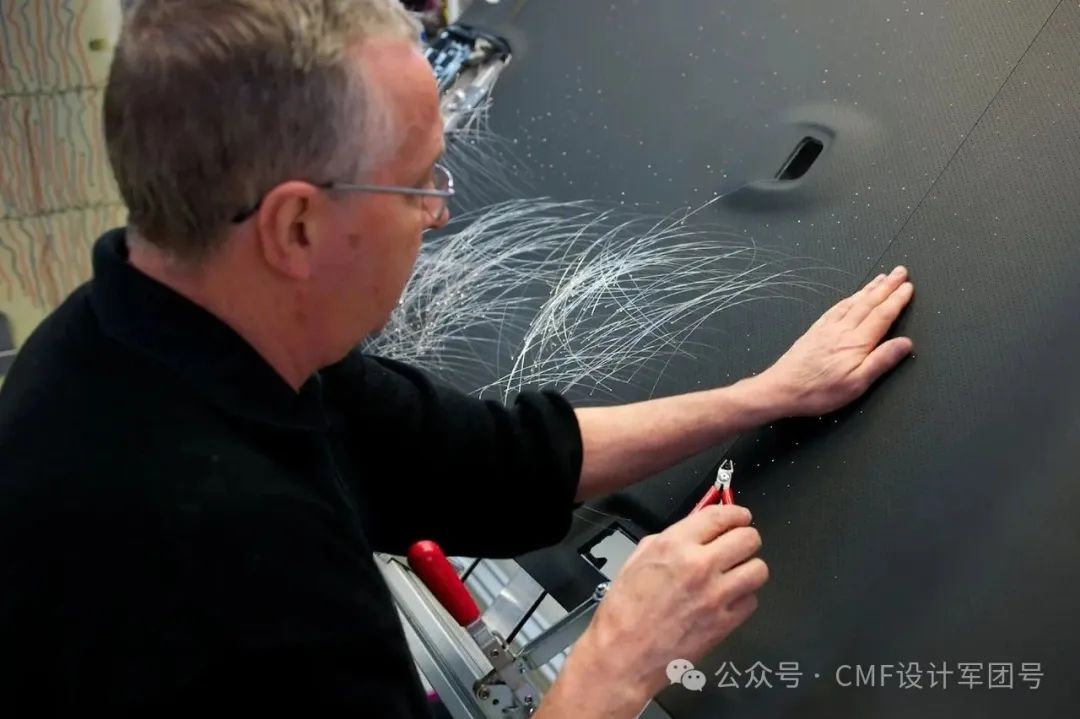
The masters handcraft the picture.
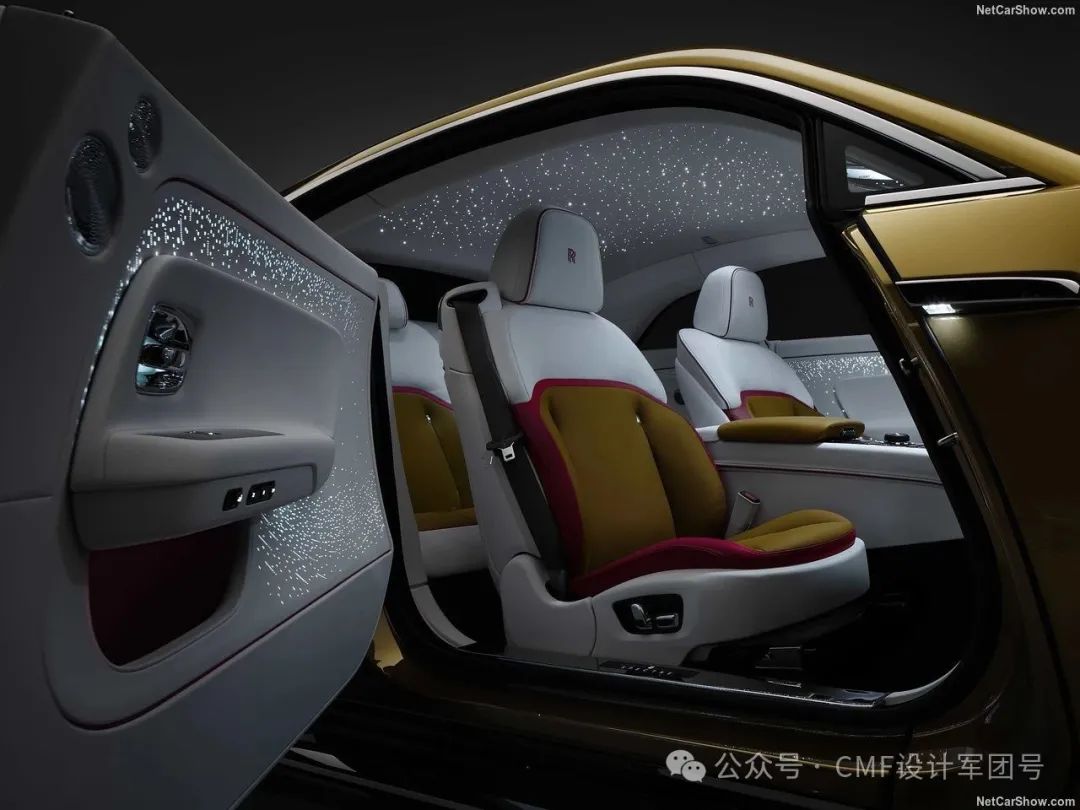
Organic silicon light-transmitting leather
Organic silicon light-transmitting leather is a new type of translucent leather material that has emerged in the past two years. Through a unique organic silicon polymer formula combined with precise production processes, it boasts excellent light-transmitting properties, creating a distinctive interior atmosphere. While ensuring the leather texture and physical performance, it achieves an even and soft light penetration effect. The light transmittance can be precisely adjusted according to different needs, perfectly presenting anything from subtle ambient lighting to bright indicator lights. It is used in many areas of automotive interiors, such as the center console, door panels, headliner, and dashboard.
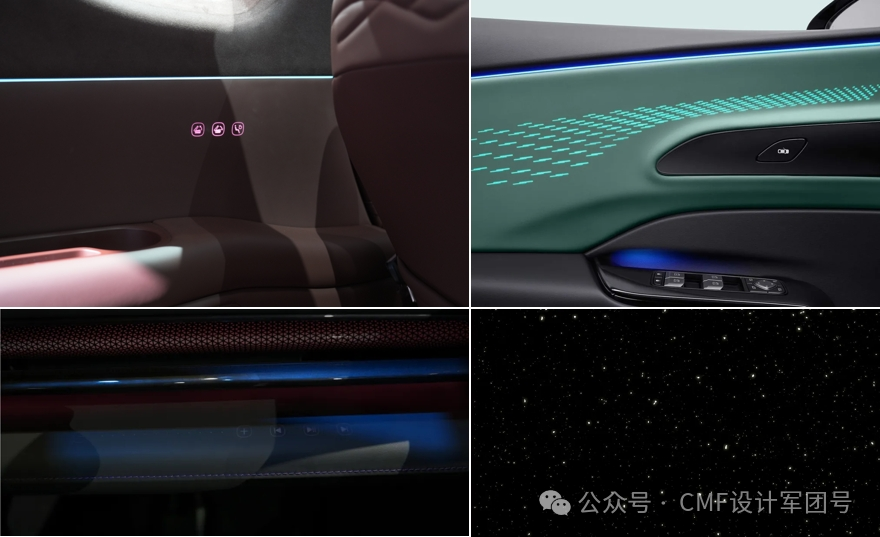
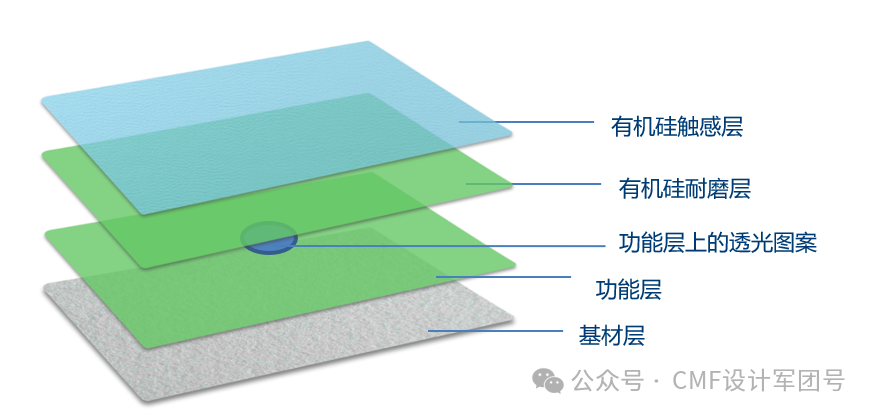

To learn more about silicone transparent leather, click on the article to view.Combining Technology and Fashion: What are the Applications of Silicone Translucent Leather in Automotive Interiors?
Translucent fabric
Translucent fabric materials, due to their unique structure and surface characteristics, possess both soft decoration and special light-transmitting functions. By combining with LEDs or optical fibers, they can achieve decorative effects and create unique ambient lighting. This overcomes the limitations of current rigid plastic ambient lights while also giving traditional fabric materials new functional value, broadening their application range to include interactions such as touch and display, providing a more futuristic and technological feel. Generally, translucent fabrics can be used in car seats, door panels, headliners, and other areas.
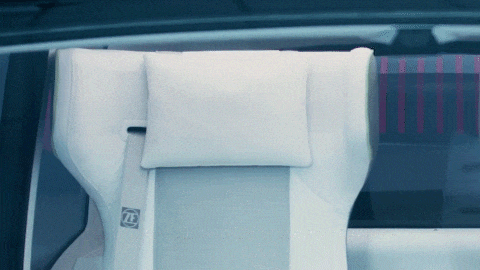
In CMF design, it is important to choose relatively fine fabric fibers and yarns; keep the structure as simple as possible, preferably without multi-layer weaving, to reduce thickness; and choose light-colored fabrics as much as possible to improve fabric light transmittance.
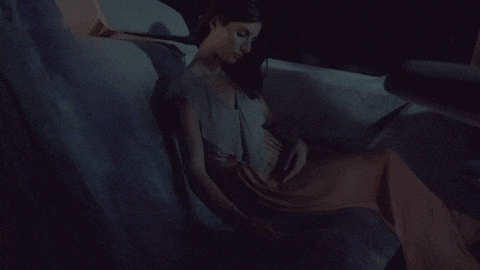
Translucent TPE/TPU
Translucent TPE is an advanced translucent material that has emerged in recent years. Combining aesthetics and performance, it can be widely applied in automotive interiors, smart electronic products, smart home applications, and other fields. This material has extremely high plasticity, allowing for the molding of complex shapes and supporting diverse designs, thus inspiring unlimited creative possibilities.
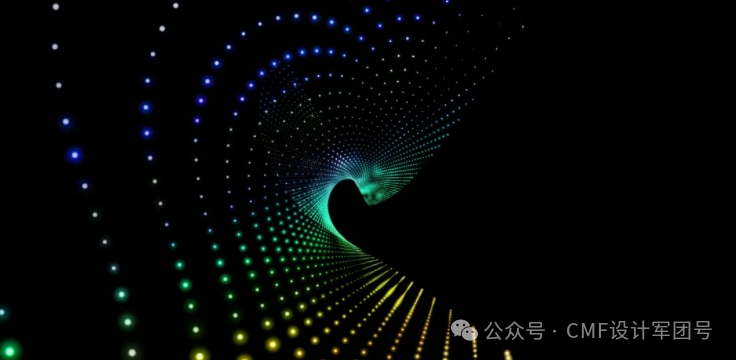
In addition to light transmittance, this material also possesses excellent UV resistance, aging resistance, and mechanical properties. It offers a soft touch and skin-friendly nature, making it suitable for long-term use. Emissions and odor levels are strictly controlled, making it more environmentally friendly, and it is very suitable for automotive interior applications. The main application areas include door panels and decorative panels. For example, a new emerging brand has integrated translucent TPE material into the door panels, combined with a dynamic lighting system, allowing the interior to present different light and shadow themes as the driving mode switches, significantly enhancing the user interaction experience. Currently, several car manufacturers, including Tesla, BYD, and NIO, have applied translucent TPE materials to their new models.
The design scheme of translucent TPU is quite similar, featuring high optical transparency and extensibility, supporting vacuum coating processes, and can be applied to high-end vehicle interiors.
Hard translucent material
Translucent wood veneer
The application of genuine wood interior parts in automobiles greatly enhances the sense of luxury and is widely used in door panels, dashboards, and center consoles. If combined with smart display and touch functions, it can further elevate both texture and a sense of technology. There are many design solutions to achieve translucency, such as the common ultra-thin translucent composite wood design, with a light guide plate or optical fiber sandwiched in between. This allows for translucency while retaining the texture of the wood veneer itself, resulting in a better finish.
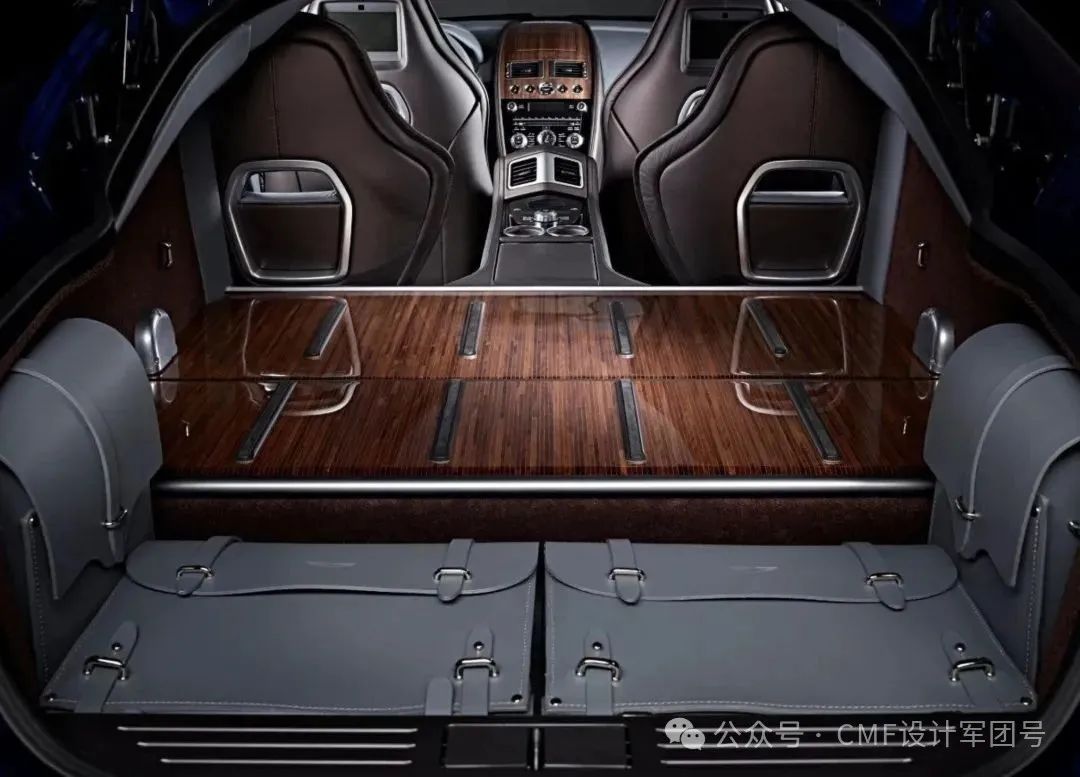
Nanotechnology can also be used to modify materials, altering the microstructure to achieve a translucent effect while retaining the texture of the wood.
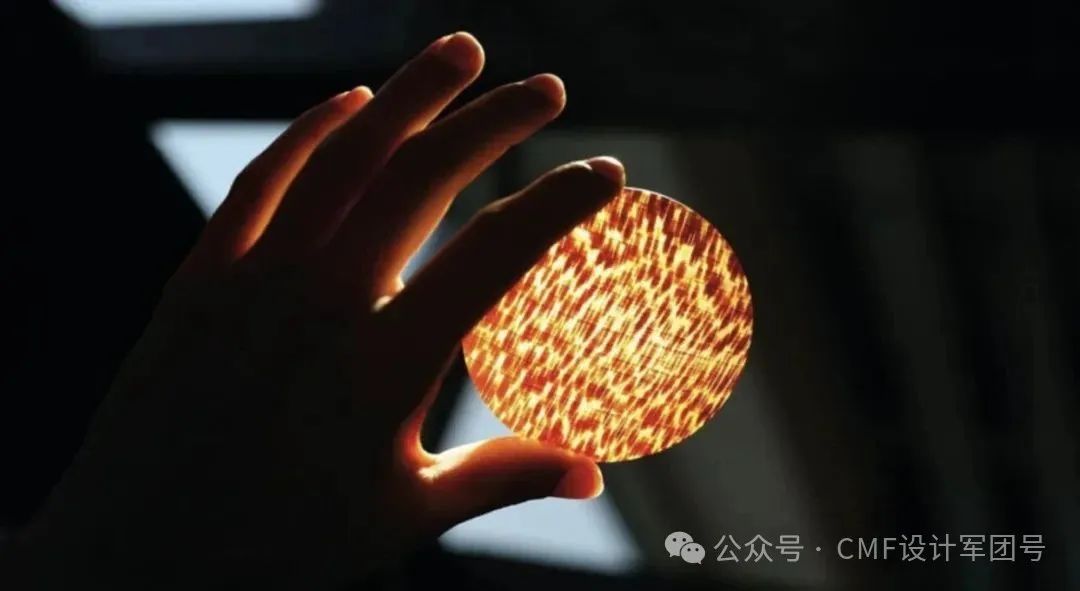
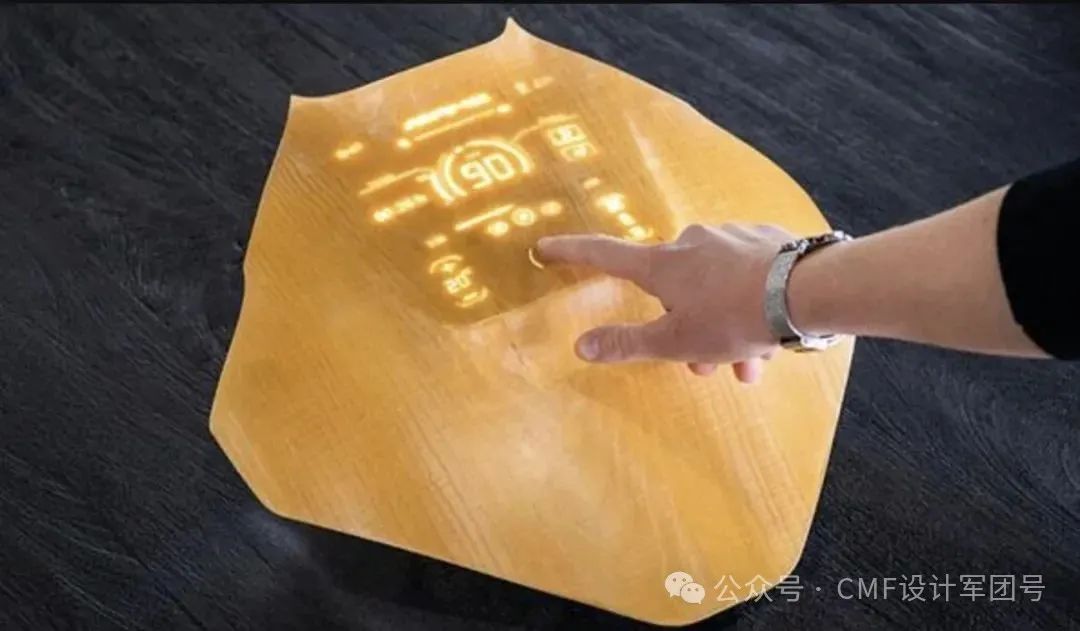
Interactive wooden instrument for cars
Overall, the specific effect of translucent wood veneer refers to the clear display of designed patterns, text, and logos (laser engraving process) on automotive real wood decorative parts under the influence of a backlight source. It features a transparent wood grain, the tactile feel of solid wood, and a touch-sensitive display technology, which is highly favored by consumers.
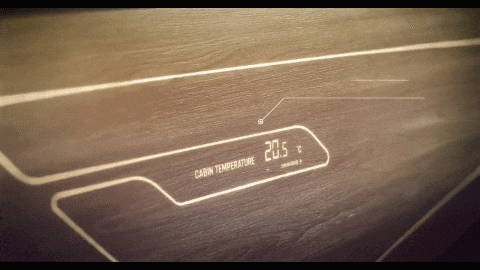
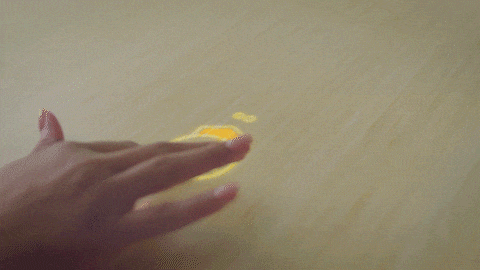
Translucent plastic (film)
Here we will discuss light-transmitting plastics together with light-transmitting films (film sheets). Generally speaking, many plastic materials can achieve high transparency. Films (which are themselves also plastic) typically choose highly transparent materials as carriers for decorative patterns, textures, or logos. The process solutions mainly include light-transmitting INS, light-transmitting IMD, light-transmitting TOM, etc. By combining the hard decorative layer with a backlight source, dynamic optoelectronic effects are achieved (such as flowing lights, breathing lights), for example, INS light-transmitting decorative panels.
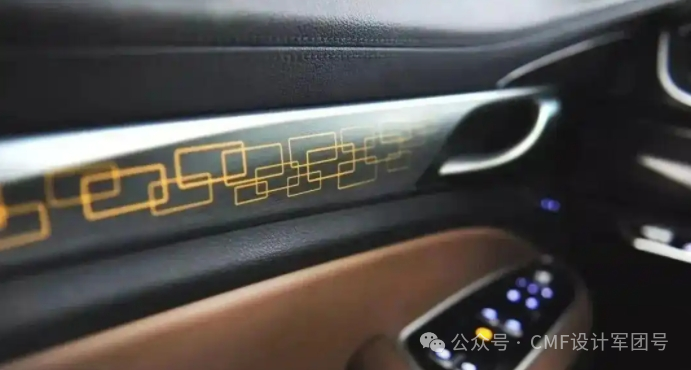
A hard smart surface decoration with photoelectric display function
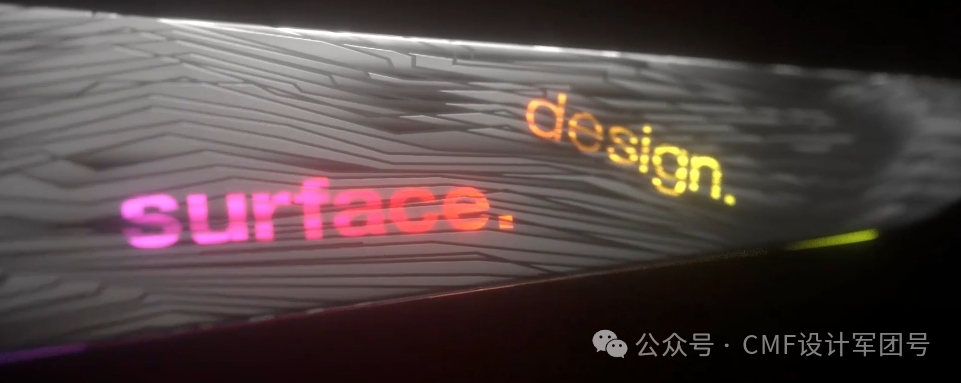
Combining plastic and transparent sensor substrate directly (IME)
The combination of translucent plastics (ABS/PC/PP, etc.) with a translucent PMMA film layer. Vacuum coating and forming.
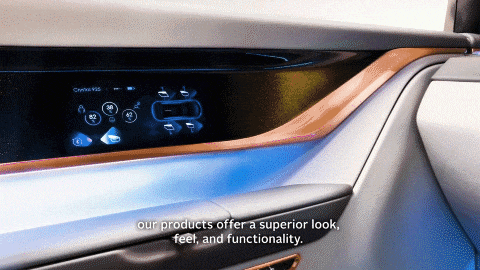
Translucent plastic keys and touch control.
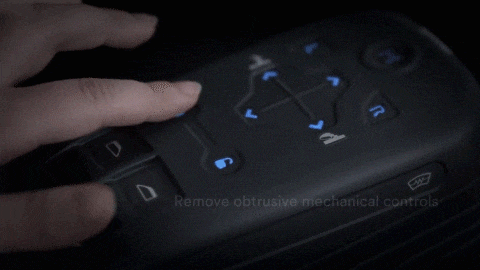
Translucent metal
The metal transparency of car interiors is mainly achieved through laser micro-perforation technology. I have previously published an article on this topic; if interested, you can click to view it.CMF reveals new touch technology: Metal touch + light transmission process
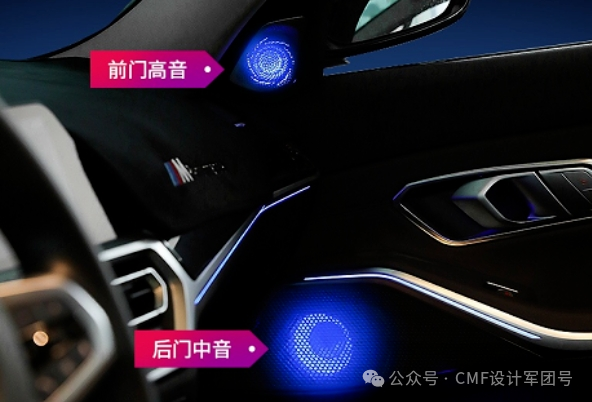
Through laser engraving and light-guiding technology, a hidden light-shadow effect can be achieved, integrating decoration, display, and control functions. This is mainly concentrated in areas such as metal trim.
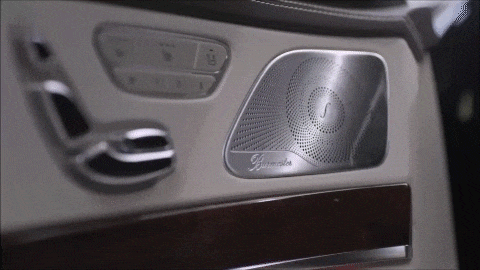
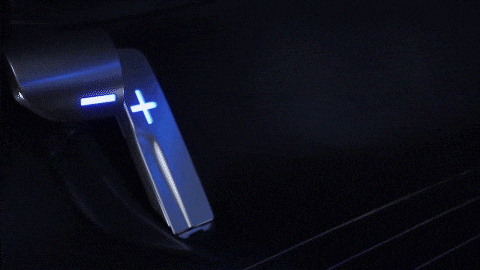
Biobased transparent materials
The application trend of translucent bio-based interior surface materials in the new energy vehicle field reflects the multiple demands of the automotive industry in terms of environmental protection, intelligence, and user experience upgrade. For example, PLA-based materials are gradually emerging, combining low carbon and translucent characteristics. Specific application examples are as follows. Note: This section of bio-based materials may slightly overlap with previous categories, but it is introduced separately here.
-
BYD is piloting light-transmitting bio-based door panel trims for certain models, supporting blind touch operation.
-
The Exeed Sterra ES features DURABIO transparent bio-based ambient light strips, derived from renewable plant starch, reducing carbon emissions by 30%, and offering both light transmission and antibacterial functions.
-
The BMW i Vision Circular concept car integrates biodegradable bio-based materials with a translucent design, achieving light and shadow effects through simplified layered structures and supporting closed-loop recycling.
-
The Pentium Yueyi 07 uses Ganoderma bio-based leather, with the base fabric layer integrating PLA fibers and natural Ganoderma components. It has a light-transmitting design with ambient lighting effects.
In addition to these materials, there is also glass, which naturally possesses transparency, so it will not be elaborated on here.
【Copyright and Disclaimer】The above information is collected and organized by PlastMatch. The copyright belongs to the original author. This article is reprinted for the purpose of providing more information, and it does not imply that PlastMatch endorses the views expressed in the article or guarantees its accuracy. If there are any errors in the source attribution or if your legitimate rights have been infringed, please contact us, and we will promptly correct or remove the content. If other media, websites, or individuals use the aforementioned content, they must clearly indicate the original source and origin of the work and assume legal responsibility on their own.
Most Popular
-

List Released! Mexico Announces 50% Tariff On 1,371 China Product Categories
-

Nissan Cuts Production of New Leaf EV in Half Due to Battery Shortage
-

New Breakthrough in Domestic Adiponitrile! Observing the Rise of China's Nylon Industry Chain from Tianchen Qixiang's Production
-

Dow, Wanhua, Huntsman Intensively Raise Prices! Who Controls the Global MDI Prices?
-

Mexico officially imposes tariffs on 1,400 chinese products, with rates up to 50%






